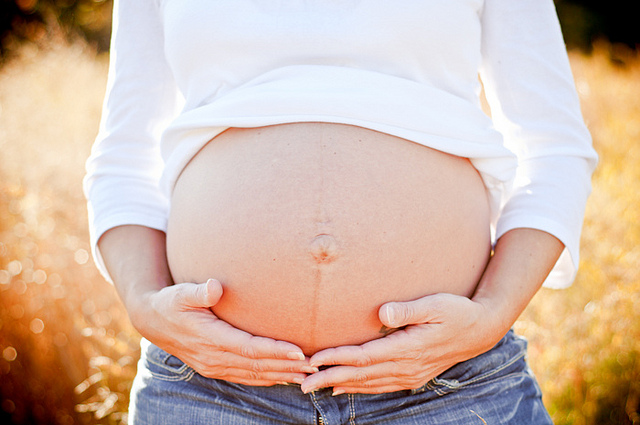Managing Pregnancy Complications

For most women, pregnancy is a joyous, exciting time. However, it’s also a time when you need to be extra vigilant about your health and your unborn child’s health. Fortunately, women’s bodies are designed to give birth to healthy, bouncing babies. If you do experience pregnancy complications, though, you have plenty of options for managing them so you have the best possible outcome.
Your provider will check for a few common pregnancy complications at every prenatal visit, but the expectant mom should know the signs, too.
Gestational diabetes
Women who do not otherwise have diabetes could develop gestational diabetes during pregnancy. This occurs when your blood sugar level becomes too high, but it usually returns to normal following the baby’s birth. Women with gestational diabetes are more prone to having babies with a high birth weight, which may increase their chances for needing a cesarean section. The baby may also have low blood sugar or breathing problems after birth. It’s possible to successfully manage gestational diabetes through exercise, eating right, regularly checking your blood sugar, and taking medicine or insulin injections as needed.
Sometimes, gestational diabetes symptoms, like increased thirst, hunger, or frequent urination, resemble routine pregnancy symptoms. Therefore, your provider will likely check your urine at each prenatal visit to determine if your sugar level is too high. As well, you will be given a glucose tolerance test between the 24th and 28th weeks to diagnose the condition.
High blood pressure
If you had high blood pressure before becoming pregnant, be sure to tell your provider the specifics. Women with chronic high blood pressure are at risk for preeclampsia, fetal growth problems, and placenta abruptio (when the placenta separates from the uterus before the baby is born). High blood pressure also could cause premature birth, low birth weight, and even serious bleeding issues for the mother.
If you are taking blood pressure medicine and are pregnant or plan to become pregnant, talk to your provider about whether the medicine is safe for the fetus. It’s possible that your provider will recommend lifestyle adjustments to maintain your blood pressure rather than medication.
Preeclampsia
can affect both the mom and the unborn baby and usually occurs in the late second trimester or in the third trimester, but it could also happen up to six weeks after delivery. Preeclampsia indicators include high blood pressure and protein in the urine. If you are pregnant and experience swelling, sudden weight gain, headaches, or changes in vision, contact your provider immediately, as these could be possible symptoms.
High blood pressure often has no symptoms, so the best bet is frequent monitoring by your provider. You should receive regular blood pressure readings, blood tests, and urine screens.
High-risk pregnancy
Several factors can cause your pregnancy to be considered high-risk. Among them are being younger than 17 or older than 35, carrying multiples (twins or more), Rh incompatibility, previous miscarriages, genetic conditions affecting your baby, or existing health conditions such as lupus, uncontrolled thyroid disease, and kidney disease.
If you have any of these conditions, make it a point to obtain prenatal care from a provider who specializes in high-risk pregnancies. The CDPHP® Find-A-Doc tool can help you locate a maternal-fetal medicine specialist or obstetrician who will best meet your needs.
With any pregnancy, high-risk or otherwise, establishing healthy habits will go a long way toward helping you and your baby stay healthy. Be sure to check out our pregnancy site for useful tips and tools.
 The Daily Dose
The Daily Dose
Comments are closed.